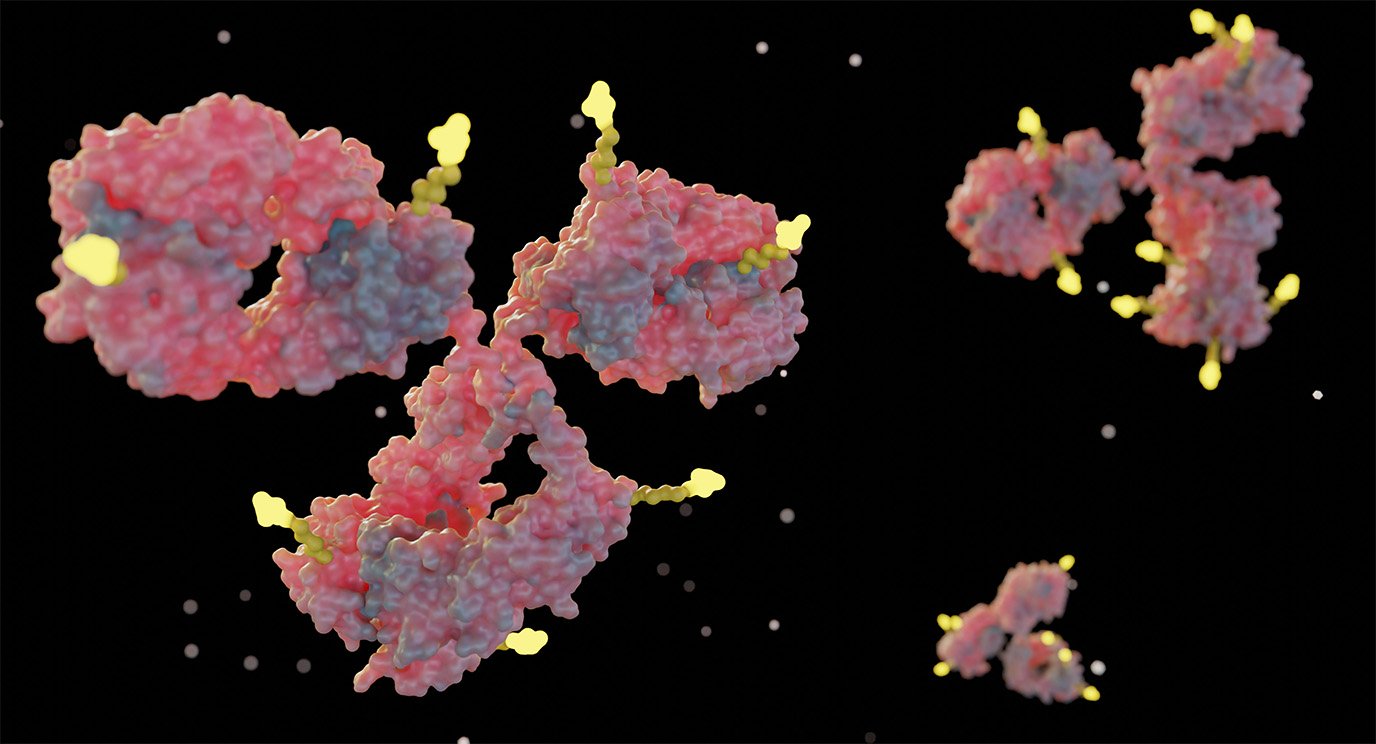- Diseases
- Acoustic Neuroma (14)
- Adrenal Gland Tumor (24)
- Anal Cancer (68)
- Anemia (2)
- Appendix Cancer (16)
- Bile Duct Cancer (26)
- Bladder Cancer (72)
- Brain Metastases (28)
- Brain Tumor (232)
- Breast Cancer (714)
- Breast Implant-Associated Anaplastic Large Cell Lymphoma (2)
- Cancer of Unknown Primary (4)
- Carcinoid Tumor (8)
- Cervical Cancer (158)
- Colon Cancer (166)
- Colorectal Cancer (118)
- Endocrine Tumor (4)
- Esophageal Cancer (44)
- Eye Cancer (36)
- Fallopian Tube Cancer (8)
- Germ Cell Tumor (4)
- Gestational Trophoblastic Disease (2)
- Head and Neck Cancer (12)
- Kidney Cancer (128)
- Leukemia (342)
- Liver Cancer (50)
- Lung Cancer (286)
- Lymphoma (278)
- Mesothelioma (14)
- Metastasis (30)
- Multiple Myeloma (100)
- Myelodysplastic Syndrome (60)
- Myeloproliferative Neoplasm (6)
- Neuroendocrine Tumors (16)
- Oral Cancer (100)
- Ovarian Cancer (172)
- Pancreatic Cancer (160)
- Parathyroid Disease (2)
- Penile Cancer (14)
- Pituitary Tumor (6)
- Prostate Cancer (146)
- Rectal Cancer (58)
- Renal Medullary Carcinoma (6)
- Salivary Gland Cancer (14)
- Sarcoma (238)
- Skin Cancer (296)
- Skull Base Tumors (56)
- Spinal Tumor (12)
- Stomach Cancer (64)
- Testicular Cancer (28)
- Throat Cancer (92)
- Thymoma (6)
- Thyroid Cancer (98)
- Tonsil Cancer (30)
- Uterine Cancer (80)
- Vaginal Cancer (16)
- Vulvar Cancer (20)
- Cancer Topic
- Adolescent and Young Adult Cancer Issues (20)
- Advance Care Planning (10)
- Biostatistics (2)
- Blood Donation (18)
- Bone Health (8)
- COVID-19 (362)
- Cancer Recurrence (120)
- Childhood Cancer Issues (120)
- Clinical Trials (632)
- Complementary Integrative Medicine (22)
- Cytogenetics (2)
- DNA Methylation (4)
- Diagnosis (232)
- Epigenetics (6)
- Fertility (62)
- Follow-up Guidelines (2)
- Health Disparities (14)
- Hereditary Cancer Syndromes (126)
- Immunology (18)
- Li-Fraumeni Syndrome (8)
- Mental Health (116)
- Molecular Diagnostics (8)
- Pain Management (62)
- Palliative Care (8)
- Pathology (10)
- Physical Therapy (18)
- Pregnancy (18)
- Prevention (918)
- Research (392)
- Second Opinion (74)
- Sexuality (16)
- Side Effects (604)
- Sleep Disorders (10)
- Stem Cell Transplantation Cellular Therapy (216)
- Support (402)
- Survivorship (322)
- Symptoms (182)
- Treatment (1786)
Pencil beam proton therapy: What to know
BY Devon Carter
4 minute read | Published August 07, 2019
Medically Reviewed | Last reviewed by an MD Anderson Cancer Center medical professional on August 07, 2019
Pencil beam scanning, also called scanning beam, is the most advanced type of proton therapy. Only a few millimeters wide (the width of a pencil), pencil beam scanning is used to treat complex cancers with unparalleled precision. It’s used to treat head and neck, gynecologic, lung, prostate, breast, brain, liver, lymphoma, sarcoma and tumors in children. Proton therapy may also be used for tumors that recur in areas that have previously been treated with standard radiation therapy.
“Pencil beam scanning is an intricate, personalized approach to proton therapy,” says Steven Frank, M.D., medical director of the MD Anderson Proton Therapy Center. “No two tumors are identical, so we customize the proton beam to target a patient’s unique tumor location, size and shape.”
Pencil beam scanning builds on proton therapy’s success
Pioneered at MD Anderson, pencil beam scanning uses a tumor’s location, shape and size to create a customized pattern of protons to precisely treat the tumor while avoiding nearby healthy tissue.
With standard radiation therapy, energized particles called photons are used to destroy cancer cells. But surrounding normal tissues are also exposed to the radiation, increasing the risk of side effects. By using a different type of energy called protons, proton therapy is able treat the tumor while minimizing radiation exposure to the rest of the body. “There’s a low entrance dose when the beam enters the body and a low exit dose once the radiation has been deposited into the tumor,” says Albert Koong, M.D., Ph.D.
However, pencil beam scanning takes the precision of proton therapy even further by shaping the area being treated, called the field, to mirror the tumor’s shape. “Although it’s possible to shape the field with traditional proton therapy, pencil beam technology can be shaped with an even greater degree of precision,” Koong says.
Pencil beam scanning allows for the manipulation of the beam to create a pattern of protons to more accurately administer the dose to the unique shape of the tumor. “We can increase the intensity of protons where there’s more volume of cancer and scale it back when there’s less,” Frank says.
Pencil beam scanning can treat a tumor with a single field or with multiple fields, sometimes up to five. When multiple scanning beam fields are used, it’s called intensity modulated proton therapy (IMPT). “The dose patterns of IMPT can overlap and intersect where the tumor has more bulk,” Koong says. This allows protons to treat even the most irregularly shaped tumors located around critical organs like the oral cavity, bowel or spinal cord.
Preparing for pencil beam scanning treatment
Developing a treatment plan that uses pencil beam scanning takes about a week. If your doctor has recommended pencil beam scanning, you’ll first undergo CT scans to capture images. Your radiation oncologist will use these images to identify the right targets and determine the beam arrangements.
A treatment course usually lasts six to seven weeks, but it varies based on the tumor and its sensitivity to radiation therapy. Patients can expect to be in the treatment room for about 30 minutes for set up, quality assurance and the actual treatment. “The delivery of the protons doesn’t take more than about a minute,” Frank says. “So it can be a total of three to four minutes, depending on the number of fields in the plan.”
Minimizing side effects, optimizing results
“Because we control the radiation dose and place it exactly where we want, we’re able to spare the surrounding tissues so patients experience fewer side effects,” Koong says.
Patients may still experience side effects, though, and they’re dependent on the tumor’s location. Gastrointestinal tumors like liver, colorectal and pancreatic cancers are close to the bowel. If the bowel is exposed to radiation, it can cause nausea, diarrhea or damage the bowel to the point that surgery is needed. Problems with sexual health and with bathroom use are possible for prostate cancer patients. Patients with head and neck cancers like tonsil, tongue, salivary gland, eye or skull base tumors can experience mouth ulcers, loss of taste, dry mouth and vision loss. Breast cancer patients can experience heart issues, and lung cancer patients can experience inflammation of the lung, causing shortness of breath.
With children, the concern of side effects is even greater because any amount of radiation can cause short-term side effects, but could also potentially lead to secondary cancers in the future. Proton therapy is ideal for treating younger patients because the overall radiation exposure is significantly less than with standard radiation therapy.
“We’re constantly monitoring patients throughout treatment to identify side effects and changes in the tumor,” Frank says. “As tumors shrink or anatomy shifts from treatment-related weight loss, we change the treatment plan to ensure it remains effective.”
“The patient is at the core of everything we do,” Koong adds. “Our approach focuses on the disease site, not our treatment specialty, so we’re always individualizing the treatment for each patient.”
Request an appointment at MD Anderson online or by calling 1-877-632-6789.
Related Cancerwise Stories

We customize the proton beam to target a patient’s unique tumor location, size and shape.
Steven Frank, M.D.
Physician





